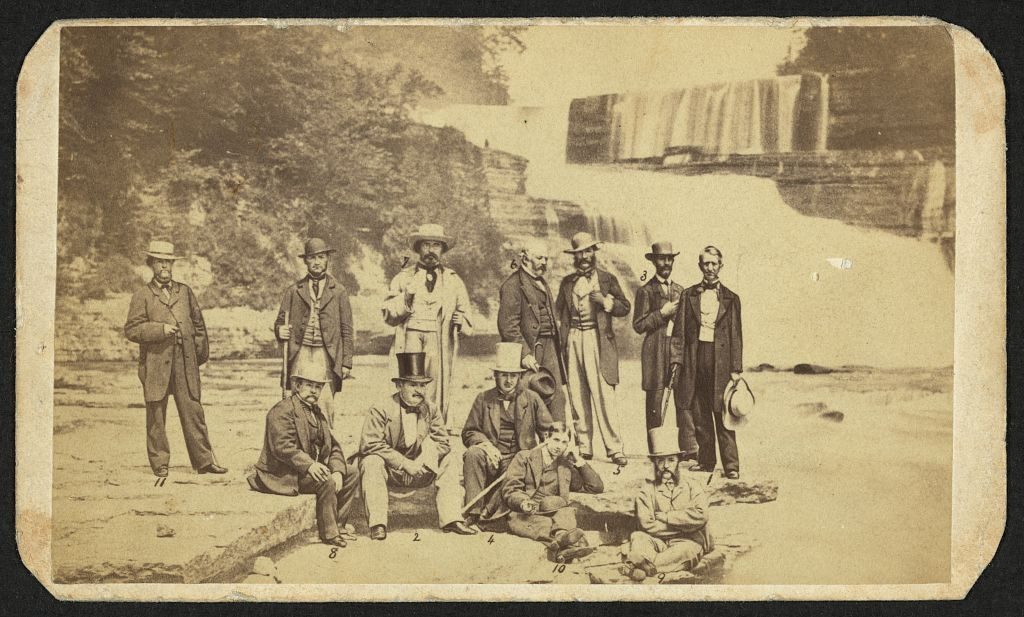
No story of the diplomacy and international relations within the American Civil War is complete without understanding the roles of individuals at the heart of the issue. For Britain, and other powers of Europe, their economic and political interests in America shaped sentiment on intervention and neutrality. The North structured its wartime approach to diplomacy with a central goal of preventing outside interference and recognition of the Southern cause, both of which were key aims of Confederate outreach.
From direct negotiation through official lines to the propaganda war of words, ideas and images in the press, the individuals outlined within the sections below played prominent parts in shaping these elements of the Civil War history.
British Diplomacy:
During the Civil War, the government of the United Kingdom, was headed by a Liberal ministry, with Lord Palmerston as Prime Minister. Shaping and influencing policy across the Empire, Palmerston’s offices and the rest of the British Parliament watched affairs across the Atlantic with some interest. While more immediate concerns around the balance of power in Europe required immediate attention, the issues of the war drew in notable British politicians, including Palmerston himself. Discover their perspectives of the conflict here.
U.S. Officials:
The U.S. benefitted in the foreign policy sphere of the Civil War from the nation’s preexisting diplomatic relations and institutions. President Lincoln’s State Department, headed by William Seward as Secretary of State, worked to address the threat of foreign recognition or intervention on behalf of the South. Agents abroad, both official and unofficial in their work for the Union, were crucial to Seward’s mission, particularly in the case of monitoring government and public interest in the United Kingdom. Learn about these figures and the wartime approach of the State Department here.
Confederate Figures:
The Confederate government sent its first embassies to Europe just before the outbreak of war, the aim being international recognition of its independence. This goal would remain through the war, consistently out of reach for diplomats and agents abroad. Success in generating sympathy was limited, never able to reach a level surpassing interests in neutrality. Learn about prominent figures in Confederate foreign policy and outreach here.